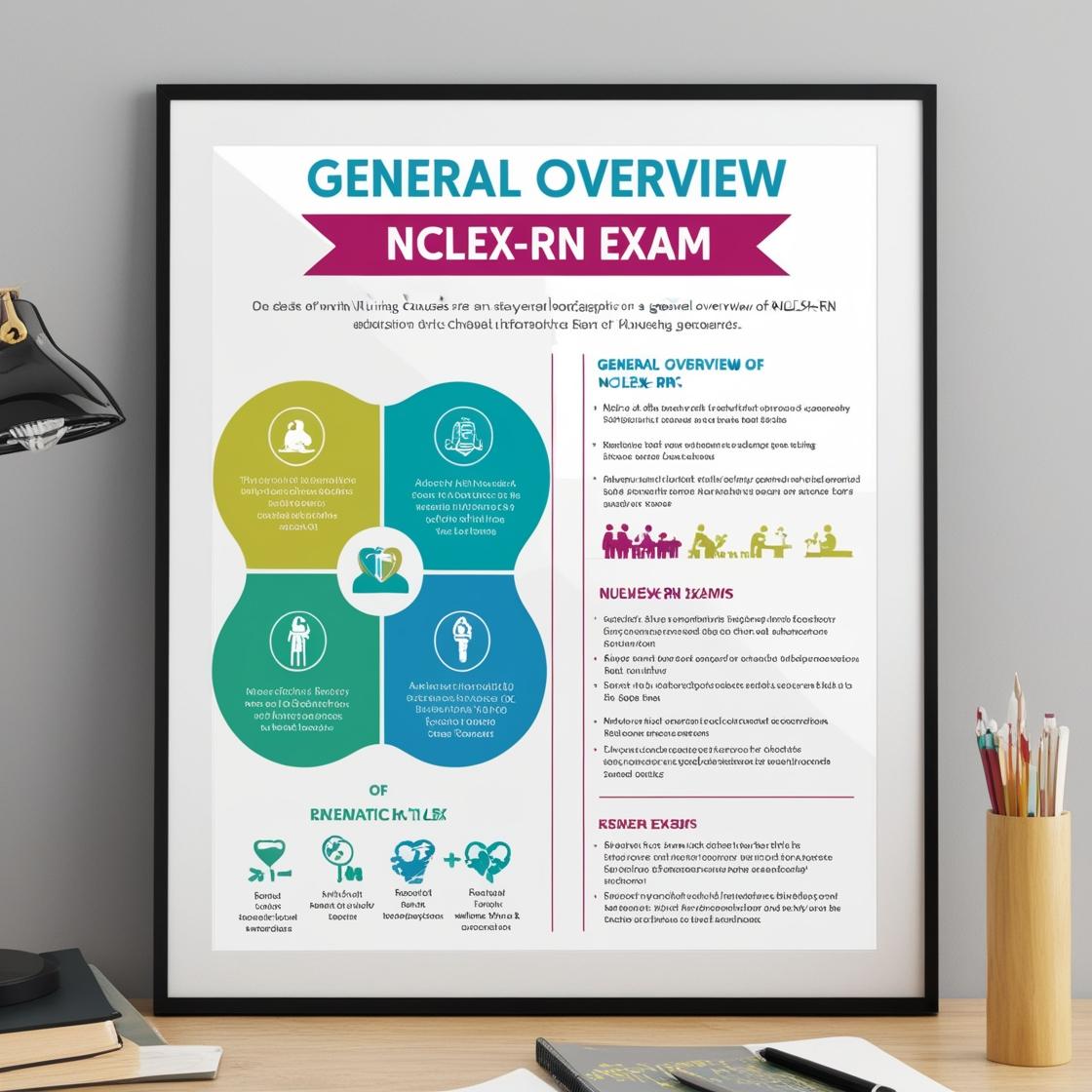NCLEX-RN
Exam Cram NCLEX RN Practice Questions
1. In which part of the plan of care should a nurse record the item 'Encourage patient to attend one psychoeducational group daily'?
- A. Assessment
- B. Analysis
- C. Planning
- D. Implementation
Correct answer: D
Rationale: The correct answer is 'Implementation.' In the nursing process, implementation involves carrying out the planned interventions to meet the patient's goals. Encouraging the patient to attend a psychoeducational group daily is an intervention aimed at building social skills. Assessment (choice A) is the phase where data about the patient's condition is collected. Analysis (choice B) involves interpreting the gathered data. Planning (choice C) is where the nurse decides on the interventions to address the patient's needs. Therefore, in this scenario, recording the item 'Encourage patient to attend one psychoeducational group daily' would be part of the implementation phase.
2. While planning care for a 2-year-old hospitalized child, which situation would the nurse expect to most likely affect the behavior?
- A. Strange bed and surroundings
- B. Separation from parents
- C. Presence of other toddlers
- D. Unfamiliar toys and games
Correct answer: B
Rationale: The correct answer is 'Separation from parents.' Separation anxiety is most evident from 6 months to 30 months of age and is the greatest stress imposed on a toddler by hospitalization. If separation is avoided, young children have a tremendous capacity to withstand other stress. The other choices, such as 'Strange bed and surroundings,' 'Presence of other toddlers,' and 'Unfamiliar toys and games,' may also have an impact on the child, but separation from parents is typically the most significant factor affecting behavior in a hospitalized 2-year-old.
3. Which of the following statements best describes postural drainage as part of chest physiotherapy?
- A. Tapping on the chest wall to loosen secretions
- B. Squeezing the abdomen to increase expansion of the upper chest
- C. Using gravity to move secretions in the lung tissue
- D. Dilating the trachea to facilitate better release of secretions
Correct answer: C
Rationale: Postural drainage is a technique used in chest physiotherapy for clients with accumulated lung secretions. It involves positioning the client to utilize gravity in moving secretions from the lungs. Choice A, tapping on the chest wall, describes percussion, not postural drainage. Choice B, squeezing the abdomen, is not a correct description of postural drainage. Choice D, dilating the trachea, is not related to postural drainage but may be associated with airway clearance techniques.
4. The nurse is counting a client's respiratory rate. During a 30-second interval, the nurse counts six respirations, and the client coughs three times. In repeating the count for a second 30-second interval, the nurse counts eight respirations. Which respiratory rate should the nurse document?
- A. 14
- B. 16
- C. 17
- D. 28
Correct answer: B
Rationale: The most accurate respiratory rate is the second count obtained by the nurse, which was not interrupted by coughing. The nurse counted eight respirations over 30 seconds, so doubling this count gives a respiratory rate of 16 breaths per minute. This calculation is based on the assumption that the client's breathing pattern remained relatively stable during the two 30-second intervals. Options A, C, and D are incorrect because they do not reflect the accurate count obtained without interruptions. Choice B (16) is the correct answer as it reflects the uninterrupted count of respirations by the nurse.
5. A patient has come into the emergency room after an injury at work in which their upper body was pinned between two pieces of equipment. The nurse notes bruising in the upper abdomen and chest. The patient is complaining of sharp chest pain, having difficulty breathing, and their trachea is deviated to the left side. Which of the following conditions are these symptoms most closely associated with?
- A. Left-sided pneumothorax
- B. Pleural effusion
- C. Atelectasis
- D. Right-sided pneumothorax
Correct answer: D
Rationale: The patient is most likely suffering from a right-sided pneumothorax. Symptoms of a pneumothorax include sharp chest pain, difficulties with breathing, decreased vocal fremitus, absent breath sounds, and tracheal shift to the opposite of the affected side. In this case, the patient's trachea is deviated to the left side, indicating a right-sided pneumothorax. Choices A, B, and C can be eliminated as they do not present with the specific symptoms described in the scenario. Left-sided pneumothorax would not cause tracheal deviation to the left side. Pleural effusion typically presents with dull chest pain and decreased breath sounds, not sharp chest pain and tracheal deviation. Atelectasis would not cause tracheal deviation and is more associated with lung collapse rather than air accumulation in the pleural space.
Similar Questions

Access More Features
NCLEX RN Basic
$69.99/ 30 days
- 5,000 Questions with answers
- Comprehensive NCLEX coverage
- 30 days access @ $69.99
NCLEX RN Premium
$149.99/ 90 days
- 5,000 Questions with answers
- Comprehensive NCLEX coverage
- 30 days access @ $149.99
